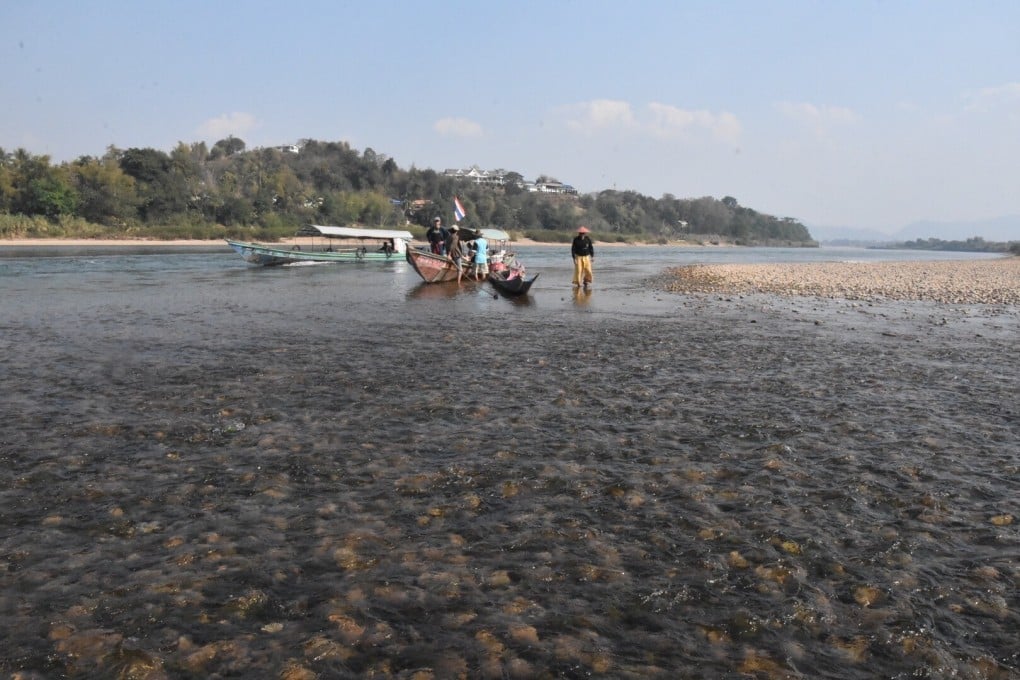Mekong dam: China cuts river flow 50 per cent, is slammed for lack of warning
- Beijing tells countries downstream there is reduced water flow until January 24, for power-line maintenance
- Observers had already reported a dramatic fall in water levels days earlier and say ecosystems and livelihoods are in peril

The Chinese water resources ministry on Tuesday told neighbouring countries downstream on Southeast Asia’s longest river that it had reduced the water flow until January 24 because of “maintenance for the transmission lines of the power grid”. Activists said the notice arrived too late.
The Jinghong Hydropower Station has cut the water discharge rate to 1,000 cubic metres (35,315 cubic feet) per second, a decrease of 47 per cent, the ministry said on a website set up as part of a data-sharing agreement between China and its Mekong neighbours.

02:31
Have China’s dams been drying up the Mekong River or is low rainfall to blame?
The impact of the reduced river flow has already been felt in Chiang Saen, a district in northern Thailand about 300km (186 miles) from the Jinghong dam. The Mekong River Commission (MRC) said the water level there had already dropped by about two metres between January 2 and 4.